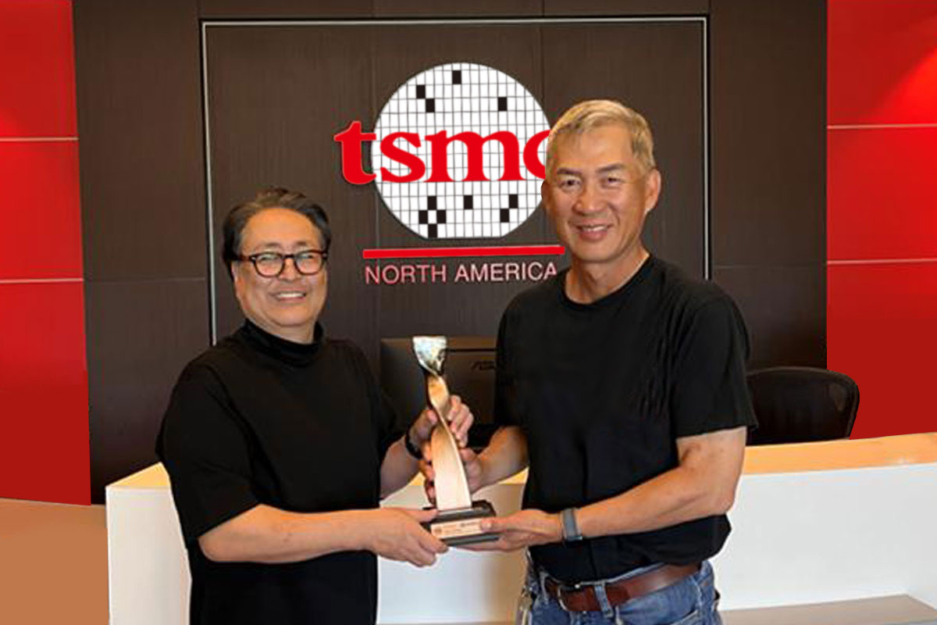
Apollo4 Plus 01 Ambiq® introduces the most recent addition for the Apollo4 SoC loved ones, the fourth generation of Location-enabled SoCs. Crafted over a wealthy architecture, the Apollo4 Plus delivers enhanced graphics performance and extra on-chip memory. With a crafted-in graphics processing device (GPU) and a high executing Show driver, Apollo4 Plus permits designers of upcoming era wearables and intelligent devices to provide more spectacular user interface (UI) consequences and Total user encounter in a safer natural environment to get their innovative solutions to the following amount.
Apollo eleven Room-flown silver Robbins medallion The astronauts had individual desire kits (PPKs), smaller baggage containing individual merchandise of importance they wished to consider with them on the mission.
Armstrong and Aldrin blast off and dock with Collins in Columbia. Collins later on suggests that “for the first time,” he “definitely felt that we had been intending to carry this issue off.”
Launched in 2016, Intento empowers business leaders to excel in supplying the most beneficial language practical experience to their customers and teammates applying its Superior machine translation and multilingual generative AI systems, in above 650 languages.
The expansion of the middle serves to be a testament to Ambiq’s determination and expenditure in Singapore, enabling the growth of their progress teams and furthering their world wide company diversification.
An early and important determination was selecting lunar orbit rendezvous around the two immediate ascent and Earth orbit rendezvous. A space rendezvous can be an orbital maneuver during which two spacecraft navigate through Place and meet up. In July 1962 NASA head James Webb introduced that lunar orbit rendezvous could be applied[35][36] and that the Apollo spacecraft might have a few main pieces: a command module (CM) using a cabin with the three astronauts, and the one section that returned to Earth; a support module (SM), which supported the command module with propulsion, electrical ability, oxygen, and water; and also a lunar module (LM) that had two phases—a descent phase for landing on the Moon, and an ascent stage to position the astronauts back into lunar orbit.
This Template lists historic, existing, and future House rockets that at the least as soon as tried (although not necessarily succeeded in) an orbital start or which might be prepared to try such a start Later on
The preferred tool for content production is generative AI, notably in the areas of purely natural language processing and film era. AI-created content material is being used by Entrepreneurs and producers for a number of duties, such as creating articles and creating visuals. The performance and inventiveness of written content generation are now being improved by this trend.
We goal to deliver intelligence to all battery-powered endpoint devices and empower them to stay connected intuitively, and unobtrusively, to create a serious IoT period. We hope to associate with you on our next journey.
The engine shutdown technique was altered for that launch of Skylab to stop damage to the Apollo Telescope Mount. In lieu of shutting down all 4 outboard engines at the same time, they were being shut down two at a time by using a delay to scale back peak acceleration further more.[nine] S-II sequence[edit]
Engineers concluded a number of built-in exams to organize the motor vehicle for its rollout into the start pad. Meanwhile, from the VAB’s Substantial Bay 3, on March 29, employees stacked the S-IC initial phase of your SA-502 auto on ML-two to the Apollo 6 mission, another uncrewed exam with the Saturn V rocket and Apollo spacecraft planned for early 1968. After a stack-destack-restack spherical to begin with using the S-II spacer as a result of late arrival of this S-II phase, staff concluded assembling the a few-stage rocket for Apollo 6 on July fourteen, marking The very first time that two Saturn V rockets stood side by facet while in the VAB.
“As an early investor and shut collaborator, EDBI is immensely privileged in order to contribute to your building up of Ambiq’s APAC foundation in Singapore while witnessing the business’s regional growth.
Landing anyone over the Moon was a fairly easy intention to understand; lunar geology was much too summary for the normal particular person. One more is Kennedy's objective of landing humans over the Moon had currently been accomplished.[224] A perfectly-described goal helped Project Apollo execute its purpose, but right after it was concluded it was hard to justify continuing the lunar missions.[225][226]
Be sure to will not depart any personal details right here. When you have privacy or every other issues about the data on this web site, you should use this website link for the Get in touch with variety. Title

Get Smart. Use Less Energy.
Ultra-low power SoCs for IoT endpoint devices
that demand complex operations
and longer battery life.
✍ Ambiq® is committed to further improve the quality of life by enabling the intelligence of endpoints while further reducing carbon footprints. Ambiq – your partner in endpoint intelligence.
✯✯✯Based in Austin, San Jose, Hsinchu, Shenzhen, and Shanghai, our leadership and management teams consist of advocates, builders, enthusiasts, entrepreneurs, explorers, incubators, inventors, pioneers, protectors, thinkers, and visionaries. With a diverse spectrum of experiences and skillset, we came together and united with one goal to enable the true Internet of Things where the battery-powered endpoint devices can truly be connected intuitively and intelligently 24/7.
Ambiq Wins the Demo of the Year Award at 2023 TSMC Technology Symposium
September 7, 2023, Austin, TX – Ambiq®, a leading developer of ultra-low-power semiconductor solutions that deliver a multifold increase in energy efficiency, was awarded the Demo of the Year Award by TSMC as a participant of the Innovation Zone at the 2023 TSMC North America Technology Symposium.
Ambiq Wins the Demo of the Year Award at 2023 TSMC Technology Symposium
During the April event, Ambiq showcased various product design wins using TSMC’s 22nm technology in wearables, digital health, smart home, Industrial IoT, pet trackers, and retail segments, with industry-leading energy efficiency. Ambiq also featured two live demos emphasizing its leadership in enabling endpoint AI with its HeartKit™ for remote patient monitoring and its graphics display capabilities for a vivid user interface.

TSMC pioneered the pure-play semiconductor foundry business model when it was founded in 1987, helping startup companies accelerate their innovations by providing access to the industry’s leading process technologies and manufacturing capacity. Since 2021, TSMC has expanded that mission with an Innovation Zone at its worldwide Technology Symposiums, highlighting how TSMC partners with startup companies to enable cutting-edge products from various applications, including high-performance computing, communication, automotive, IoT, and consumer segments.
“We’re grateful to TSMC and our booth visitors for allowing us to share our energy-efficient technology and processor solutions with them,” said Ambiq’s CEO, Fumihide Esaka. “We’re moving towards an exciting frontier of AI becoming more engrained with our daily lives. With that vision on the horizon, we will continue to develop innovative and first-of-its-kind ultra-low-powered solutions that keep innovation and sustainability in mind.

Ambiq’s mission is to develop the lowest-power semiconductor solutions to enable intelligent devices everywhere by developing the lowest-power semiconductor solutions to drive a more energy-efficient, sustainable, and data-driven world. Ambiq has helped leading manufacturers worldwide develop products that last weeks on a single charge (rather than days), while delivering a maximum feature set in compact industrial designs. Ambiq’s goal is to take Artificial Intelligence (AI) where it has never gone before in mobile iot semiconductor packaging and portable devices, using Ambiq’s advanced ultra-low power system on chip (SoC) solutions. Ambiq has shipped more than 200 million units as of March 2023.
Ambiq Designs Low-Power for Next Gen Endpoint Devices
Ambiq’s VP of Architecture and Product Planning, Dan Cermak, joins the ipXchange team at CES to discuss how manufacturers can improve their products with ultra-low power. As technology becomes more sophisticated, energy consumption continues to grow. Here Dan outlines how Ambiq stays ahead of the curve by planning for energy requirements 5 years in advance.
Ambiq Highlights From Embedded World 2024
Facebook | Linkedin | Twitter | YouTube